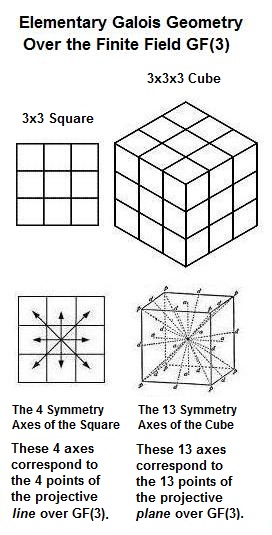(Continued from Abel Prize, August 26)

The situation is rather different when the
underlying Galois field has two rather than
three elements… See Galois Geometry.

The coffee scene from "Bleu"
Related material from this journal:
The Dream of
the Expanded Field





